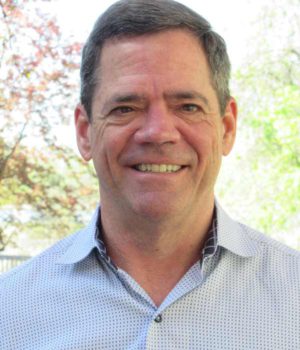EMDR

Eye Movement Desensitization and Reprocessing (EMDR) is an integrative psychotherapy approach that has been extensively researched and proven effective for the treatment of trauma. EMDR therapy includes a set of standardized protocols that incorporates elements from many different treatment approaches. To date, EMDR has helped millions of people of all ages relieve many types of psychological stress. -EMDR Research Foundation
What the Heck is EMDR Anyway?
EMDR is a very powerful kind of therapy that helps people to free themselves from painful negative beliefs and traumatic feelings. It was invented by a psychologist named Francine Shapiro, in 1987. Since then, she and others have been working on improving the therapeutic method and training therapists around the world.
How does it work?
It works sort of like hypnosis only backwards… or sideways. You see, in hypnosis, the therapist works with the unconscious part of the brain, and the therapist is in charge – clients often don’t remember the actual work they did in session. EMDR works with the conscious and unconscious parts of the brain and the CLIENT is in charge. The client decides what issue to work on, how far to go, and how much (if anything) he or she wants to discuss with the therapist. The therapist acts as the client’s technical advisor or assistant.
Okay, but HOW does it work?
The theory is that the traumatic feelings and negative beliefs get stuck in the brain – the primal part of the brain – not the logical, “Gosh this is unfair,” part of the brain, but the “HELP! WE”RE ALL GONNA DIE!” part of the brain. In other words, that part of the brain that flips into “Fight, Flight, or Freeze” mode, when something bad happens. When a person experiences a traumatic event, feelings and negative thoughts can get stuck in this part of the brain and get replayed over and over. This is called Post Traumatic Stress Disorder or PTSD. It can cause depression, anxiety, nightmares, headaches, and stomachaches, chemical dependency… you get the idea. Often, when people go to therapy to deal with symptoms of PTSD, they end up using only one part of their brain and don’t get a lot of relief. In EMDR therapy, the client and therapist include the primal part of the brain. The fancy term for this is Bi-lateral stimulation. What that means is that the brain switches focus or attention back and forth, from one side to the other in a rapid manner. This can be done by a tapping from one hand to the other, a sound from one ear to the other or watching a light that makes the eyes move from one side of the head (e.g., brain) to the other. When a person focuses on the traumatic event and negative beliefs, while at the same time switching focus from side to side, the brain is able to flush out the negative feelings and beliefs.
How did EMDR get that funny name?
When Dr. Shapiro invented this therapy she thought that it was the eye movements that caused the brain to flush out the trauma. Hence the name, Eye Movement Desensitization and Reprocessing Therapy. She later discovered that it was the bi-lateral stimulation to the brain that was doing the work and that you could do it by other methods. But by that time, the therapy was already popular around the world so they just kept the name.
Why might people like this type of therapy?
This therapy is strong. EMDR is to regular therapy what Orange Juice concentrate is to regular orange juice. A person can work through many issues in a very short period of time.
Why might people NOT like this type of therapy?
I repeat: This therapy is strong! The emotions one experiences can be very intense and painful. Some people are not equipped or ready to deal with that much intensity. However, we can also work with you using EMDR to develop inner strengths and resources to prepare you to handle your pain.
Who do I talk to if I want to try this therapy?
We have a number of EMDR qualified therapists at David Hoy & Associates. You can call us to set up an appointment for a free phone consultation to discuss any questions you may have. Then if you wish, you can make an appointment for a session. We can be reached at (763) 544-1006.
David Hoy, PhD, MA, LP – Chief Executive Officer
Dr. David Hoy is a licensed psychologist, author, and a certified professional coach. He is the founder and Executive Director of David Hoy & Associates,…
Read MoreMarDee Rosen Hall, MA, LP – Clinical Director
MarDee is the Clinical Director at David Hoy & Associates. She holds a Master of Arts Degree from Saint Mary’s University in Minnesota, and is…
Read MoreElizabeth Taylor, MSW, LICSW
Liz holds her Master’s Degree in Social work and is a Licensed Independent Clinical Social Worker. She has worked as a school counselor for K…
Read More


